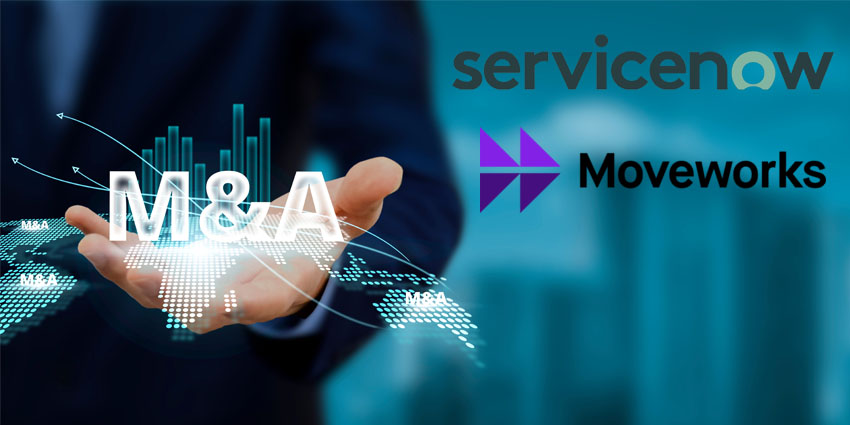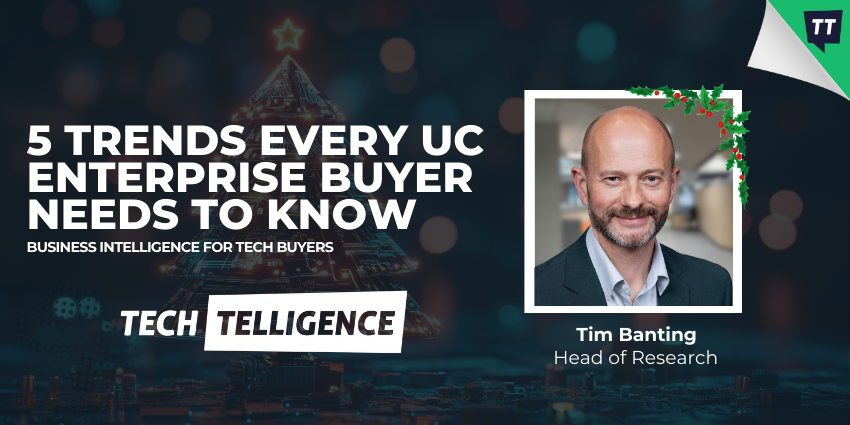A decade ago, recognition might have meant a handshake in the office or a “great job” in the hallway. Today, employee recognition platforms are reshaping those hallways in a digital workplace that’s grown too quiet.
According to Gallup’s 2024 State of the Global Workplace, only 23 % of employees strongly agree that they receive meaningful recognition for their work at least once a week. Employees who feel recognised are also four times more likely to be engaged and five times more likely to stay.
Yet, in hybrid and remote teams, recognition is frequently inconsistent or manager-dependent. Moments of effort go unseen, while the cultural fabric that keeps teams connected begins to fray.
From Ad Hoc to Always-On: Why Recognition Needs a System
The problem isn’t a lack of intent-it’s a lack of structure. Most organizations want to recognize great work, but also see those moments scattered across Slack threads, Teams chats, and Zoom calls. A kind message here, a lost email there – and just like that, recognition disappears into the digital void. Read more on how connected workspaces redefine work culture in our earlier article.
Now imagine a world where recognition happens naturally in the flow of work: a “thank you” badge sent instantly in Teams after a deal closes, or a shoutout during a Webex meeting that syncs directly to HR analytics. When those moments become effortless, they build something far greater – organizational culture.
That’s why B2B enterprises are increasingly embedding recognition directly into their collaboration ecosystems. By integrating recognition platforms with UC tools, recognition becomes part of the everyday workflow – not another app to remember.
Employee Recognition Platforms in the Flow of Work: The Workhuman Effect
Recognition platforms like Workhuman are at the forefront of this shift. Their systems integrate directly with major UC platforms, combining AI-powered analytics, social recognition, and real-time dashboards. Consequently, leaders can actually see how recognition impacts engagement, productivity, and retention.
As Workhuman’s CEO puts it:
“Embedding culture and insights into the flow of work enables organizations to cultivate magnetic workplace environments where every recognition moment drives meaningful business outcomes.”
That’s recognition meeting analytics – and delivering something every board cares about: measurable impact.
Case in Point: Cisco and Merck Turn Recognition into ROI
Two global giants discovered that “thank you” isn’t just polite, but profitable – maybe you should too. When Cisco partnered with Workhuman, its goal wasn’t just to make employees feel good; it was to quantify culture. Through the Connected Recognition programme, Cisco integrated Workhuman’s peer-to-peer recognition tools directly into its collaboration environment. Employees could celebrate achievements in real time – no separate log-ins, no extra clicks.
The results were measurable:
- Employees who received frequent peer recognition had 50 % lower voluntary attrition.
- Employees who got involved were 20 % more engaged compared with those who did not.
Similarly, Merck implemented Workhuman’s recognition software to align global teams across more than 90 countries. The programme generated over 1.2 million recognition moments within its first year, building cultural cohesion across time zones and languages.
These initiatives turned appreciation into actionable data: heatmaps showing recognition frequency, sentiment analytics, and even correlations between recognition and performance ratings.
Recognition Meets Analytics: Turning Gratitude into Strategy
Modern recognition platforms use AI and analytics to do what sticky notes and shoutouts never could – surface patterns, track sentiment, and tie every “thank you” to real business outcomes.
- AI insights: Systems can now flag under-recognised teams or identify managers who rarely participate.
- Engagement correlations: Platforms such as Workhuman, Achievers, and Bonusly show real-time dashboards linking recognition frequency with retention metrics.
- ROI tracking: According to Advantage Club’s 2024 ROI benchmark, large enterprises implementing recognition software see a 300–500 % return on investment within 12–18 months.
For HR and EX leaders, this makes recognition a measurable driver of performance, not a discretionary perk.
Check out our piece on AI and collaboration tools transforming employee engagement
2025 Recognition Platform Spotlight
Here’s who’s using employee recognition platforms to work smarter this year:
- Workhuman Cloud – Peer and manager recognition, complete with ROI analytics and AI-driven insights.
- Achievers Recognize – Enterprise-grade social recognition integrated directly with Microsoft Teams and Slack.
- Bonusly – Quick, peer recognition tied to digital rewards-ideal for mid-size hybrid teams.
- Nectar – Customizable recognition and rewards that live right inside Slack and Teams.
Each brings recognition into the daily workflow, strengthening engagement through visibility, inclusion, and ease.
The Cultural Payoff
In dispersed, digitally connected teams, culture can’t rely on proximity. It relies on visibility. The companies leading in engagement aren’t just celebrating employees; they’re engineering systems that make appreciation inevitable, inclusive, and impactful. Do the same, and you won’t just build connection, you’ll build momentum.
Ready to unlock engagement at scale?
Explore AI and Collaboration: The New Power Duo Transforming Employee Engagement – your 2026 UC guide to trust, purpose, and productivity.







